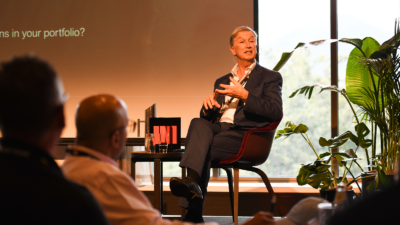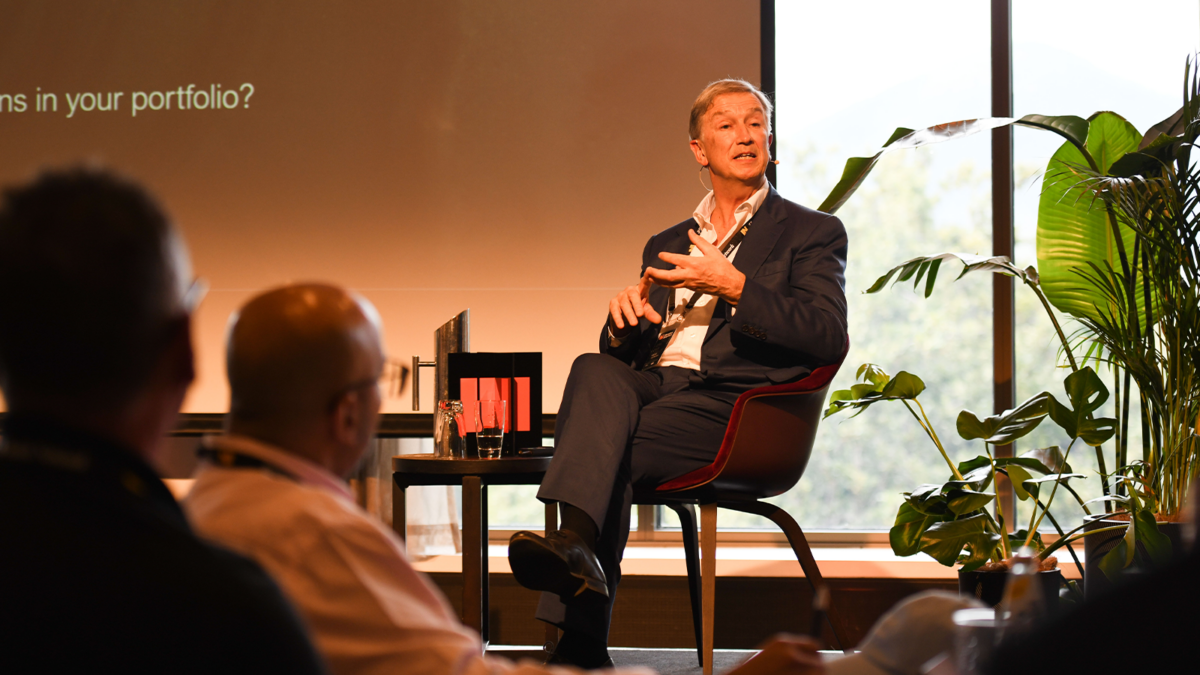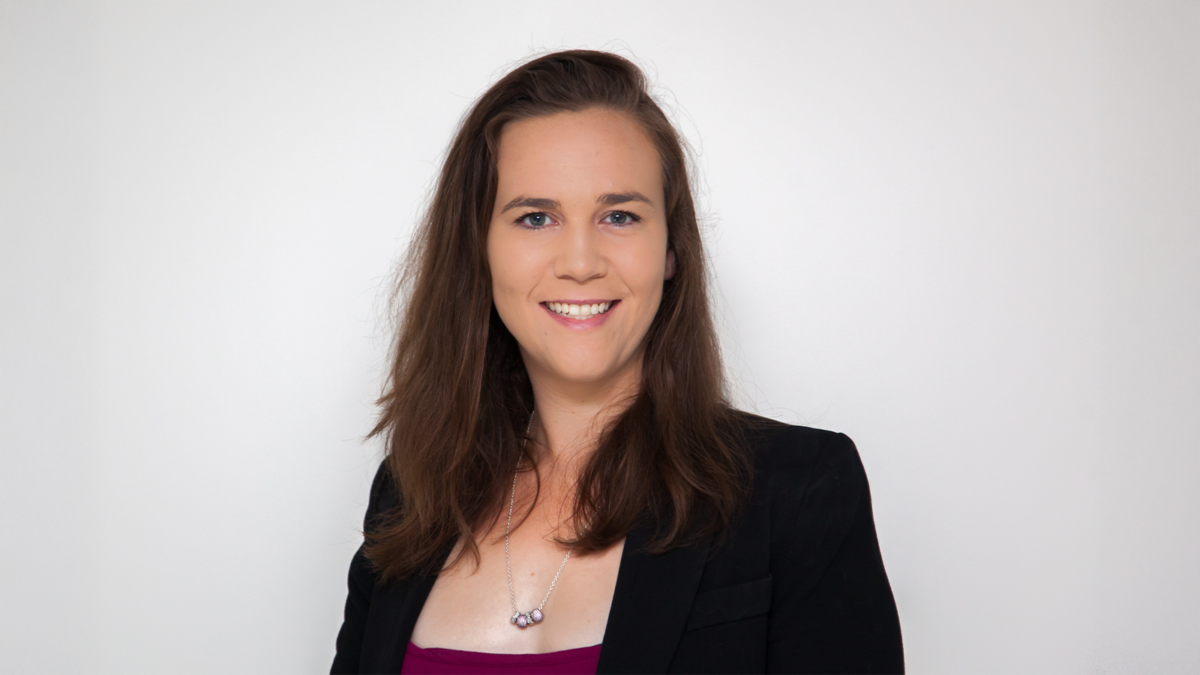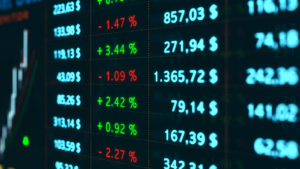Quality over quantity: How Claremont Global avoids managed-fund pitfalls
The investor experience with managed funds has been “decidedly subpar”, with most fund managers failing to beat their benchmarks, according to Claremont Global, which attributes the underperformance to two factors that its quality-focussed investment process aims to neutralise.
There are more than 16,000 managed funds globally, but less than 20 per cent of domestic equity fund managers beat their benchmarks in the 15-year period from 1998, Claremont Global explained in an investor manual setting forth the philosophy for its strategy and the Claremont Global Fund. It also cited a study showing US equity fund investors received more than 2 per cent lower returns than a globally diversified index over the first two decades of this millennium.
“Given the power of compounding, over 20 years, a 2 per cent lower return can make a very big difference,” Bob Desmond, who heads the Australia-based global fund manager, said.
This underwhelming investor experience is a direct result of two factors, according to Claremont Global. First, the average managed fund simply holds too many stocks.
A 2008 study on active fund concentration showed the average mutual fund manager owned a portfolio of 90 stocks, while the 20 per cent of managers with the most diversified portfolios owned an average of 228 stocks, the fund manager explained.
“The high number of stocks, combined with active fees and trading costs, make it very difficult for a fund manager to beat a benchmark.”
The other factor is human nature, which can make investors their own worst enemies. “Behaviour such as ‘buy high, sell low’, investing based on hard-to-predict future events, chasing the latest investor fads or overreaction in times of uncertainty are some of the human biases that are detrimental to a client’s financial outcome.”
Claremont Global seeks to counter these factors with a unique quality-focussed investment process and collegiate decision-making system, with an aim to “own the world’s best businesses” in a high-conviction portfolio.
The fund is limited by mandate to just 10-15 stocks, based on a risk reduction strategy built around investment in the highest-quality global companies rather than typical diversification.
“Our clients pay us an active manager fee, and we are truly active – our portfolios have an active share over 90 per cent,” Desmond said in the investor manual.
“Our businesses have proven themselves over decades, and the average heritage of our companies is over 80 years. Their business models have been tested over time, so when the inevitable adversity of recessions and bear markets appear, we are confident that the decline in their earnings (and value) is very likely to be temporary, thereby allowing our clients to stay the course.”
The Claremont Global strategy has more than $1 billion in funds under management, with the Global Fund delivering a 13.8 per cent annual return since its 2014 inceptions. Its objective is to protect and preserve client capital over time, and it does so by avoiding complex businesses requiring an accurate forecast of the future.
In addition, the fund does not use options, leverage or derivatives to enhance return.
“We think about businesses, not stocks – and so our analysts are more interested in what has made a business special over decades than in what the US Federal Reserve will be saying next week.”











